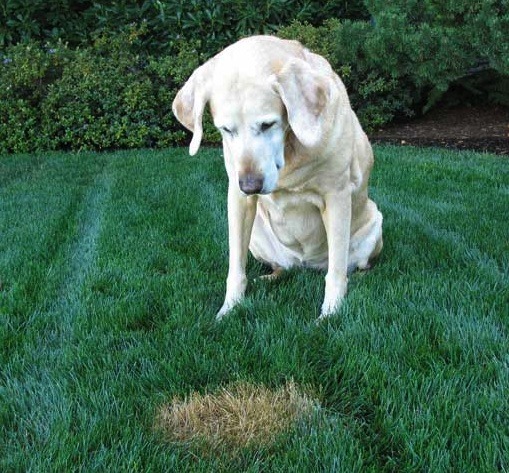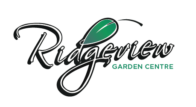Lawn Care & Spot Repair

This winter has been tough on lawns and with the recent warm weather we’ve all started spending more time outdoors. If you have a dog you might be dealing with large, dead, yellow patches. Or, perhaps the yard was damaged by the vicious cold and never ending piles of snow. Even salt and gravel ploughed onto the lawn by passing ploughs can wreak havoc on your turf. This week we’re going to talk about repairing damaged areas and how to get your lawn in barefoot worthy condition.
Out with the old
The first step in lawn repair is clearing away the dead grass and getting rid of any little stones or gravel. With a garden rake (these are the ones with the short tines) run over the entire area, pulling up dead grass. You can even use a shop vac to suck up any of the little pebbles or gravel. People might think you’re nuts but it’s way easier then trying to rake them up.
Start with a good base
Frankly in the case of dog damage the problem goes deeper then just dead grass, it’s right down to the dirt. Short of digging out the whole lawn we recommend a soil remediation strategy. First water the daylights out of it really give it a good rinse, especially if we’re talking about recent dog damage. Nice thing about spring is that mother nature is already giving all of our landscapes a good drenching. In case of overall damage spread a very thin layer of organic matter (like black loam) across the whole of your lawn. For spot repair you can stay in your damaged areas adding new soil and the loam.
Great start from good seed
There are a lot of different grass seed options out there. Some even include a built in fertilizer and different “built in” features that promise faster more even growth. Once you’ve topdressed with the loam you can spread your seeds using a hand spreader or a rolling spreader. We highly recommend our Revive & Thrive grass seed that has a blend of seeds (including 10% fescue, 80% rye grass and 10% Kentucky blue) and includes a top dressing made of organic material. It’s completely safe for children and pets and will grow in just 7-10 days! No matter which blend you’re planning to use be sure it’s not only Kentucky Blue. Most urban lawns are Kentucky blue grass as it has a pretty shallow root system it can be easily lifted as sod. Bad news is that it is pretty sensitive so doggy damage will just return.
The best time to be repairing your lawn is now, when the really nice weather returns you’ll already have a lawn that’s the envy of your neighbours.

